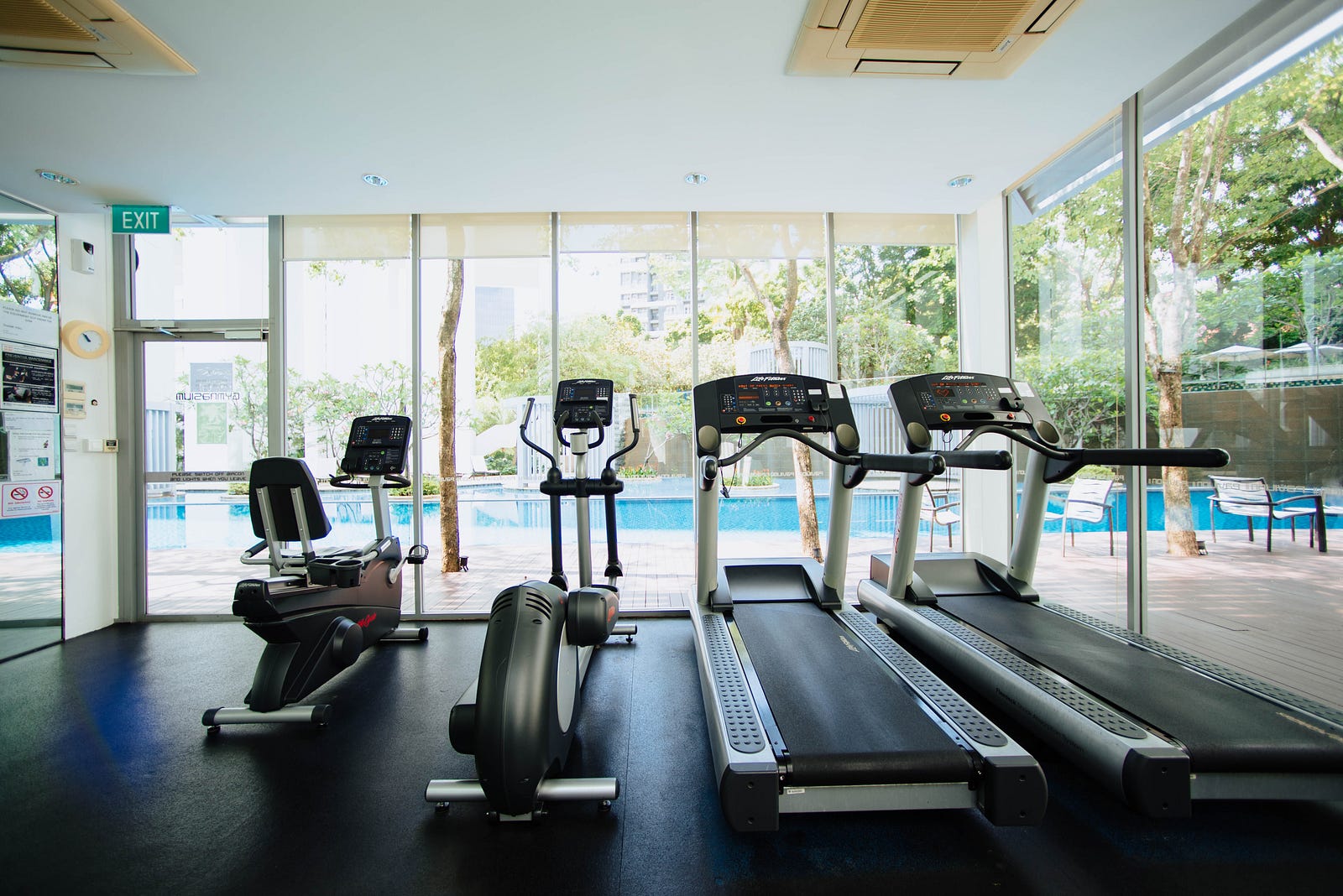WALKING IS A FUNDAMENTAL HUMAN ACTIVITY that serves as a mode of transportation and offers numerous health benefits. One key aspect of walking is the number of calories burned during the activity, vital in weight management and overall fitness. Today we explore how to power up your walk and how many calories you can torch.
The caloric expenditure during walking can vary depending on several factors, including speed, terrain, duration, and intensity.
In this essay, we will delve into the different forms of walking and analyze the approximate number of calories burned in each.
1. Strolling
Strolling is characterized by a relaxed and leisurely pace, usually associated with casual walking in parks or during social interactions.
While it offers a gentle form of physical activity, strolling burns fewer calories than other walking forms.
Prevention magazine offers that, on average, a 150-lb. person will burn about 100 calories per mile at a gentle pace (2.5 miles per hour), and a 120-lb. person burns around 85 calories per mile on average at the same pace.
2. Brisk Walking
Brisk walking refers to walking at a moderately fast pace that elevates the heart rate and prompts greater exertion. This form of walking is often recommended as a suitable activity for overall health improvement.

A 150-lb. person walking at a pace of 3 miles per hour will burn 115 calories per mile on average, whereas a 120-lb. person may burn an average of 100 calories per mile.
The increased intensity leads to a higher metabolic rate and high caloric expenditure.
3. Power Walking
Power walking involves walking faster than brisk walking, characterized by longer strides and more vigorous arm movements.
Power walking requires greater effort, engaging a wider range of muscles in the process. It promotes cardiovascular fitness and aids in weight loss.
Depending on factors such as body weight and speed, power walking can burn approximately 400–500 calories per hour for an individual weighing 155 pounds.
Moving at a power walking clip of about five mph, use your arms to help propel you forward. Take longer strides than a stroll or brisk walk. Your effort should be a seven or eight on a scale of 10. Talking is possible only in spurts of three or four words. But you’d rather focus on breathing.
4. Nordic Walking
Nordic walking originated in Finland and has gained popularity worldwide. It involves walking with specially designed poles that engage the upper body, providing additional resistance and support.
Nordic Walk Your Way to Health
Nordic walking is an enhanced walking form that engages the upper and lower body musculature.medium.com
Nordic walking combines the benefits of regular walking with those of upper-body exercise. The activity intensifies the workout, leading to an increased caloric burn.
The American Nordic Walking Association explains that Nordic walking is great for weight loss. Using the Nordic walking poles increases your heart rate on average by 10 to 15 percent more than normal walking. This means you can burn well over 400 calories per hour.
On average, a person weighing 155 pounds can burn approximately 400–450 calories per hour during Nordic walking.
5. Hill Walking
Walking uphill or on an incline requires greater exertion due to the additional resistance offered by the slope. Hillwalking engages the leg muscles more intensely, resulting in higher energy expenditure.
Walking on an Incline: Benefits, Drawbacks, and How to Start
Walking on an incline might be just the added challenge you need to increase your performance, burn more calories, and…www.healthline.com
The number of calories you burn is based on various factors, including your weight and your activity. It can also change when you increase the intensity, such as running or walking on an incline.
A study of 16 participants showed that compared to flat ground, metabolic cost increased by 17% at a 5 percent incline and 32% at a 10 percent incline.
6. Treadmill Walking
Walking on a treadmill provides a convenient option for indoor exercise, allowing individuals to control variables such as speed and incline.

The number of calories burned during treadmill walking depends on the chosen settings. Walking at a moderate pace of 3 to 4 miles per hour can burn approximately 250–350 calories per hour for a person weighing 155 pounds. Adjusting the incline or incorporating intervals can further enhance caloric expenditure.
Here is a calculator for specific numbers:
Walking Calorie Calculator
The walking calorie calculator calculates how many calories you burn while walking or running on a treadmill.www.omnicalculator.com
Try this beginner-friendly walking workout at home
If you want to level up your walking workout, start with this simple, progressive walking workout you can do either outside or on a treadmill. All you’ll need is a set of 3 to 5 lb. weights for extra toning.
- Week 1: Walk ½ mile or 10 minutes Monday through Friday. Rest Saturday, stretch Sunday.
- Week 2: Walk 1 mile or 20 minutes Monday through Friday. Rest Saturday, stretch Sunday.
- Week 3: Walk 2 miles or 30 minutes Monday through Friday. Rest Saturday, stretch Sunday.
- Week 4: Walk 3 miles or 40–45 minutes Monday through Friday, Rest Saturday, and stretch Sunday.
If you want to incorporate some light weights into the beginner program, Prevention magazine has some great suggestions:
Final Thoughts: Power Up Your Walk
Walking is a versatile physical activity that offers numerous benefits, including weight management, cardiovascular health, and overall well-being.
The number of calories burned during walking varies depending on speed, intensity, terrain, and duration.
While strolling offers a gentle activity with a lower caloric expenditure, brisk walking, power walking, Nordic walking, hill walking, and treadmill walking increase the intensity and burn more calories.
Choosing the appropriate form of walking based on personal preferences, fitness goals, and physical abilities allows individuals to optimize their caloric expenditure and enjoy the various benefits of this simple yet effective exercise.
Join Medium with my referral link – Michael Hunter, M.D.
As a Medium member, a portion of your membership fee goes to writers you read, and you get full access to every story…medium.com
Get an email whenever Dr. Michael Hunter publishes.
drmichaelhunter.medium.com
The information I provided in this blog is for educational purposes only and does not substitute for professional medical advice. Please consult a medical professional or healthcare provider for medical advice, diagnoses, or treatment. I am not liable for risks or issues associated with using or acting upon the information in this blog.
Thank you for reading “Power Up Your Walk: Find Out How Many Calories You Can Torch.”

























